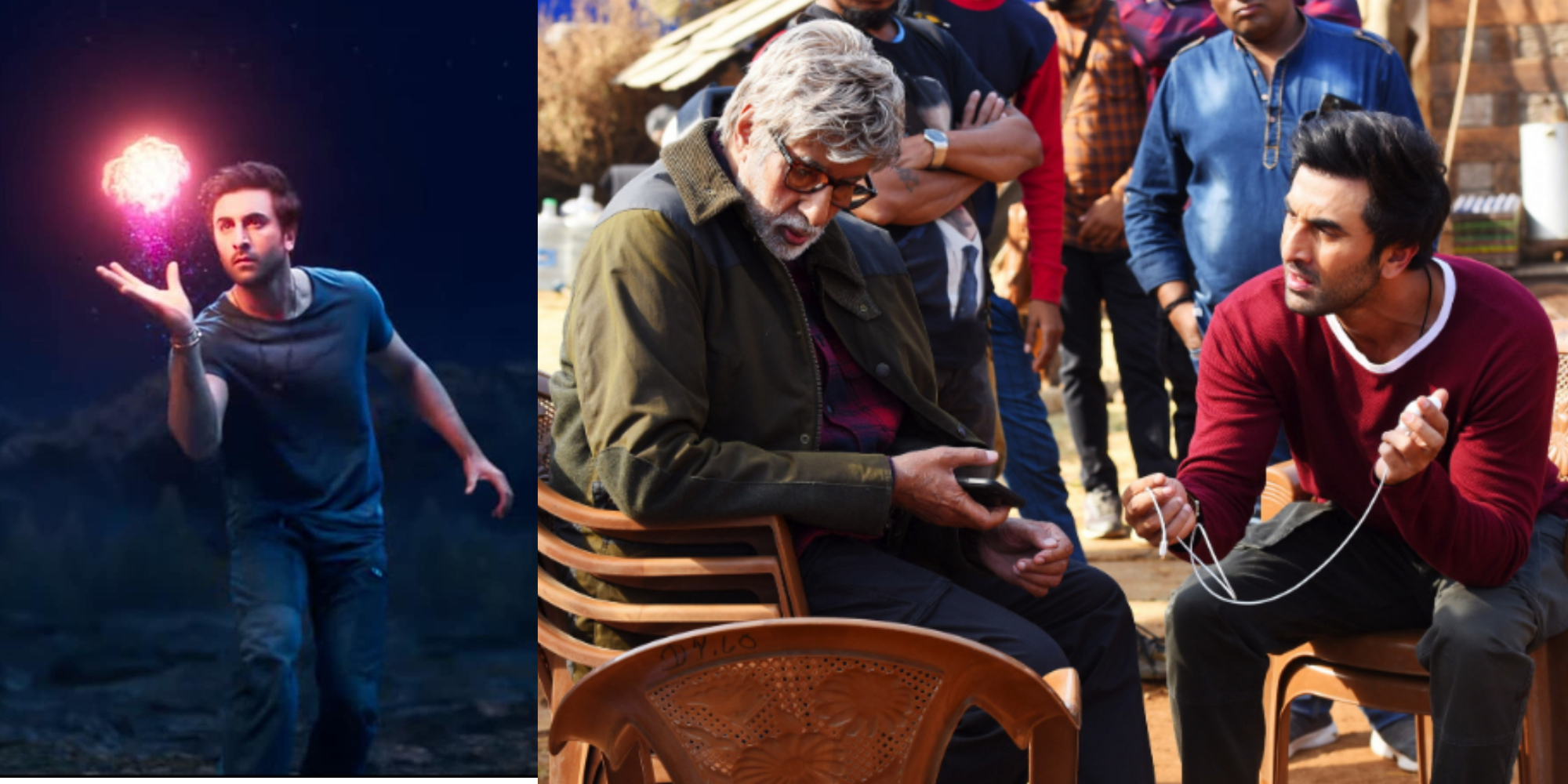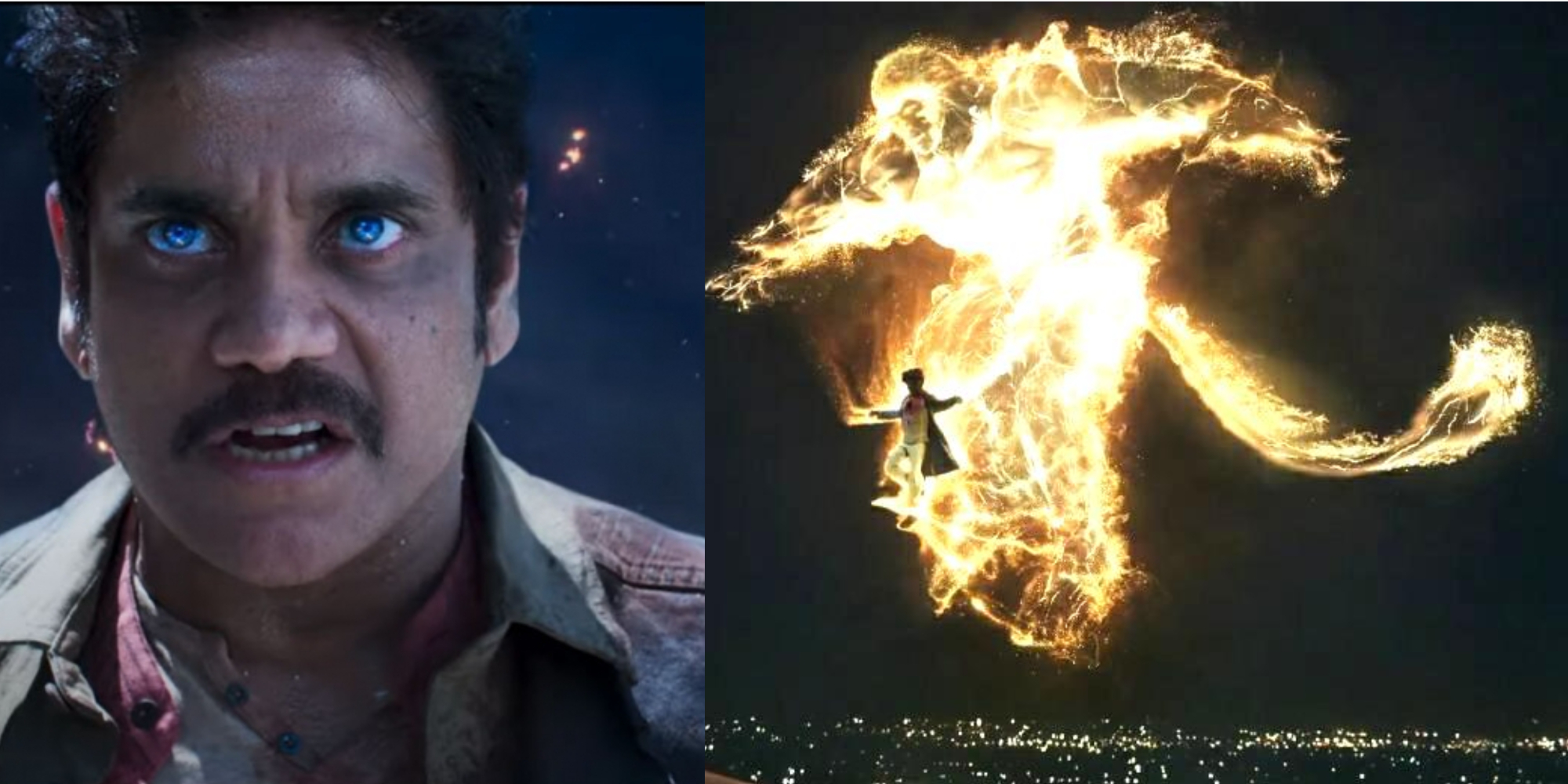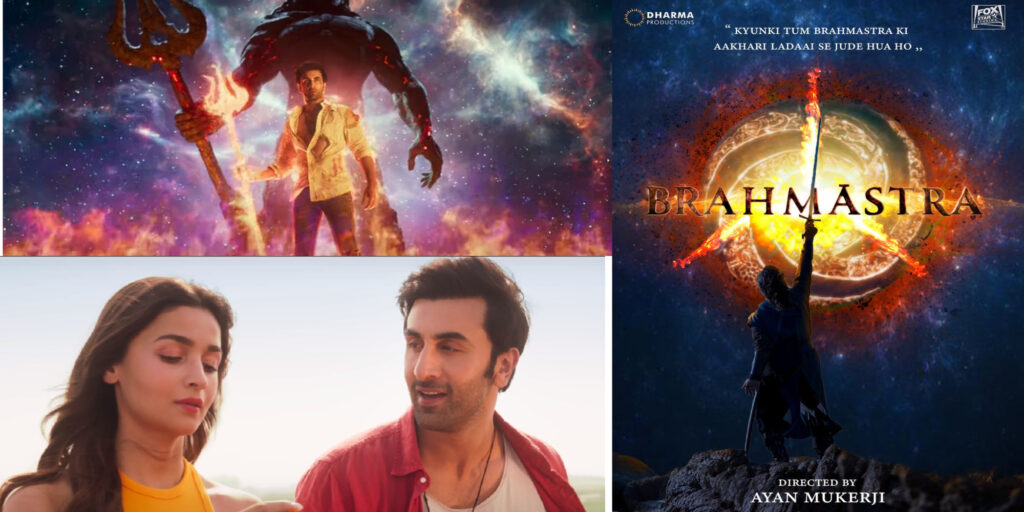I have said this again and again; when it comes to this recent release, the concept is great but the execution is not so. And for movies like this where nothing is apparent in plain sight, you need someone to fish it out for you. So here I am, bringing to you everything that you missed in Brahmastra – and here is your Brahmastra explained.
The Inspiration of Brahmastra
Let me tell you the first thing you missed in brahmastra – the story of this recent release is loosely based on The Immortals of Meluha, a beautifully written book by Amish Tripathi. Writers like Amish rely a lot on pre-historic and Vedic cultures of Hinduism to form historical fictions which capture and inspires. Was Brahmastra able to incorporate such things in itself? In some ways yes.

What are the Astras?
Let us get the context of Astra in Brahmastra explained first. Astras, or divine weapons, are characteristic of the gods that possess them. Every God has different weapons. In modern religion, weapons are an extension of the god herself. But in the early history of Hinduism, astras were the main source of power. Divine beings or Devs, who were able to bring these untamable weapons to submission, became the god of that element.
People talk about Sanatan Dharma quite a lot these days. In the origin stages of Sanatan Dharma during the Rig Veda, this religion comprised predominantly of nature worshippers. Everything around us according to this religion had its own nature i.e. Prakriti. The weapons’ energies came to exist from within these elements.

- Agniastra – the weapon of fire which comes from the element of fire
- Pawanastra – the weapon of wind which comes from the element of wind
- Mayastra – the weapon of illusion, the energy that comes from the material world
- Kavachastra – the weapon of protection
- Ayurmadrika – The fabled spiritual energy weapon which can create new life
- Nagdhanush – arrows inspired by living snakes
- Vanarastra – a weapon inspired by the nature of living monkeys
As said by the Guru multiple times in the movie, then there is the Brahmastra – Sarva Astra Pradhanam, or the most important of all weapons – the weapon of the soul. In the earliest stages of Hinduism, The Almighty God was known as Brahman or the cosmic soul. The followers were known as Brāhman, and in a similar fashion came to the word Brahmand to mean the universe.
Passion vs Duty – Conflict of Brahmastra explained
It is easy to have missed in Brahmastra how there is a literal conflict between Kartavya (duty) and Junoon (passion). For a culture like India which coexists in both collectivistic and individualistic social patterns, this kind of forced (and wrong) Hindu idea of duty over passion might rub most of the audience the wrong way.
However considering that Junoon comes from the creation of Shiva’s own father on whom the second part of the trilogy is based, one can hope that the story is much more complex than its initial appearance and they would be able to set this unwanted conflict right.
The Victory of Light Over Darkness
The entire story has cleverly attempted to use the whole concept of Diwali – the victory of light over darkness as the foundation of their story. The tale begins on Dussehra. From there spans the days during which Lord Rama would have returned home from Sri Lanka to celebrate this victory.
I do not know whether the creators had intended the audience to rejoice in this little addition, but since it was able to do so little in the actual story it is barely worth mentioning in context.
Worshipping Adi Shakti – What else you missed in Brahmastra
Adi Shakti, the mother goddess of power, is one of the oldest deities worshipped on Indian soil. All the weapons as we have discussed before existing in energy forms. Shiva himself uses energy to manipulate energy i.e. fire. The writers must have tried to reach back to the Vedic stages for their story. This is why the worship of Adi Shakti in all her forms got a recurrent place.
ALSO READ: Brahmastra Review; Reasons to see this movie despite its negative criticism
Urdu vs Sanskrit words
- Once I had seen it, I could not have missed in the worldwide recent release again the constant comparison of Urdu words ( used for the bad guys) and Sanskrit words ( used for our protagonist). I found myself wondering if this was a cheap attempt to cash into what is supposedly known as rising Hindu extremism in the country.
- Junoon, Zor, and Raftaar are the main 3 bad guys who have very apparent Urdu names. Shiva, Isha, Dev, and Amrita – the names of the main characters have Sanskrit connotations.
- As if trying really hard, there is a direct sentence saying:
‘Andhare ki taqat, Roshni ki shakti’
(The power of light over the power of darkness)
Where both the words Taqat and Shakti mean power, Taqat is Urdu and Shakti is Sanskrit. This might not be a conscious attempt at all, however, it still has a huge unconscious effect.
Keep reading Spiel Times to know all about the latest movie releases, game releases, international news, and food and travel guides.
ALSO READ: The everything Brahmastra Review: Each Scene Decoded
Do not forget to follow us on Twitter and Instagram to get notified about the latest events in our growing community and worldwide. Stay safe and happy gaming!
